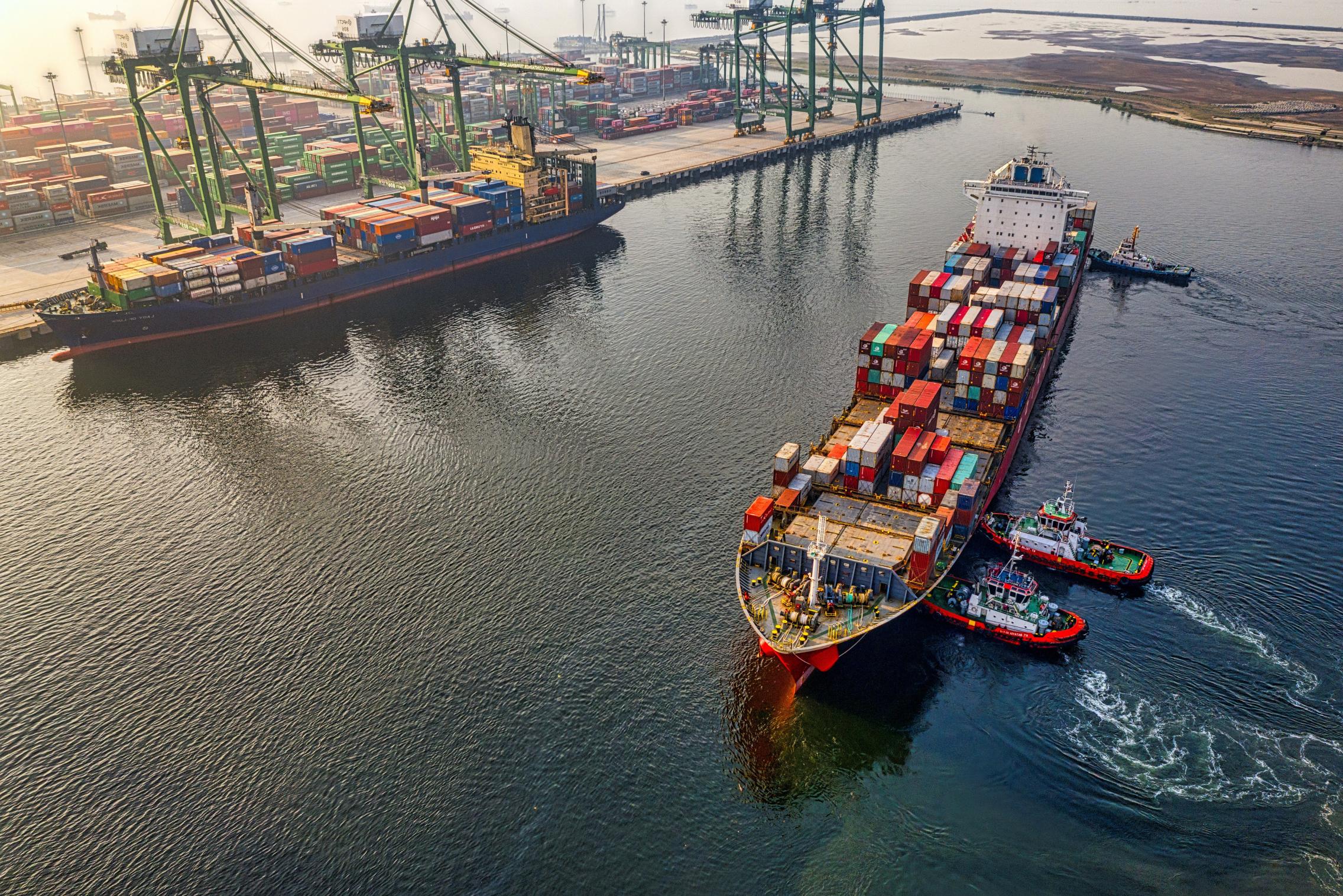COVID-19 and Global Sea Transport


Maritime shipping has been at the very core of the globalization process. It is a carefully balanced system that maximizes capacity utilization while adapting to annual shifts in demand and long-term trends in economic development. COVID-19 has delivered a dramatic shock to the system.
The pandemic has revealed weaknesses as evidenced by long offshore ship queues, skipped port calls, and substantial price hikes. Some negative effects are likely to be transient and responsive to resolution of the health crisis, as well as economic stimulus via short-term policy measures. However, more sustained efforts will be required if we are to improve the resilience of the sea transport system ahead of future crises. While some steps could be taken to facilitate shipping operations directly (e.g., facilitation of crew travel), actions in complementary areas may deliver more substantial results. Examples may include construction of physical infrastructure (e.g., port capacity development), reductions in red tape at ports (i.e., trade facilitation), improved international alignment of regulations and standards, and further transportation and related logistics services liberalization in developed and developing country markets.[1]
The views expressed here are the author’s, and may not necessarily represent the views of the Institute for International Trade.
This work is licensed under Commons Attribution-NonCommercial-NoDerivatives 4.0 International License.
IIT is a global leader in researching, analysing and commenting on International Trade.
Stay informed about our up-and-coming seminars, events, publications, awards, new projects and collaborations, and other exciting news.
